Noxious neighborhood
Source:Global Times Published: 2015-1-15 20:18:02
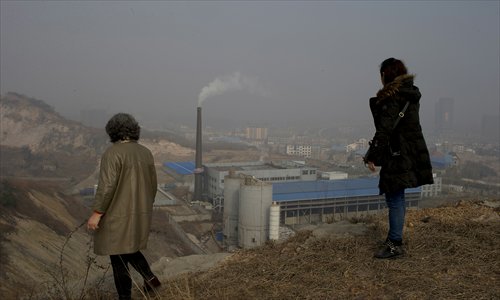
Residents overlook the garbage incineration plants from Guodingshan hill. Photo: CFP
Thousands of Wuhan residents are forced to breathe polluted air emitted from garbage incinerators that burn trash mere meters away from their homes.
Experts have criticized the decision by urban planning authorities to locate two garbage incineration plants, one for civil waste and the other for medical waste, in an area adjacent to homes.
Just 800 meters away from the incinerators there are residential communities where more than 30,000 people live and two kindergartens and a primary school are located.
Since the incinerators became operational in 2012, in some communities half of the residents have moved to escape the unbearable smells and the health hazards posed by the fumes.
Both incinerators fail to meet emission standards ordered by the Environmental Protection Law, however, officials with the Wuhan Environmental Protection Bureau say that the incinerators are necessary due to the mounting pressure the city faces from overflowing garbage.
Similar problems are faced by many other Chinese cities. At the end of 2014, Beijing restarted environmental assessment procedures for a garbage incinerator, which had been halted due to protests by nearby residents.
Residents of Wuhan now seal off their windows that face the incineration plants using plastic film, but many people say that despite these measures they have trouble falling asleep at night when the smell seems stronger than during the day.
Lung and respiratory diseases are not uncommon in this area, even among children. Doctors say that they suspect the pollution causes these diseases.
Chinese law requires civil waste incinerators to be built at least 300 meters away from residential buildings, and says medical waste furnaces must be 800 meters away. However, even if these requirements are met, according to Professor Zhao Zhangyuan with the Chinese Research Academy of Environmental Sciences, severe air pollution is still inevitable if the garbage is not sorted properly.
Global Times
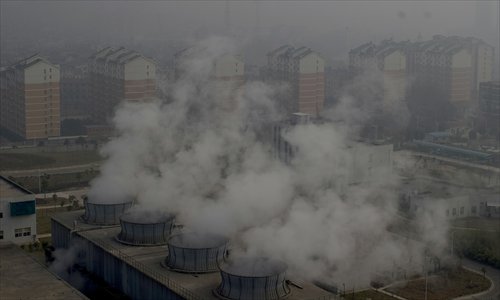
Incineration plants spew toxic smoke next to residential buildings. Photo: CFP
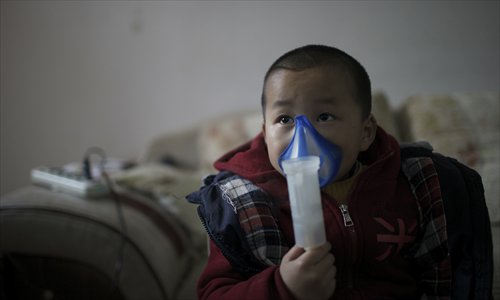
A 4-year-old boy with asthma receives treatment at home. Photo: CFP
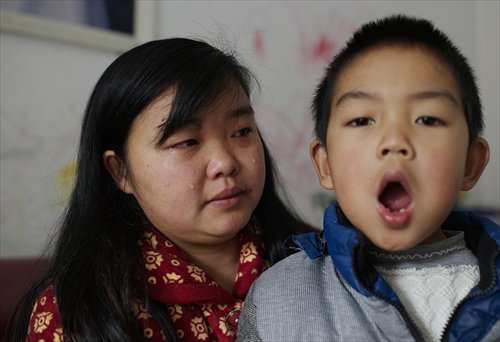
Zhong Xianxin (left) is worried for her son's health, as the boy has respiratory problems. Photo: CFP
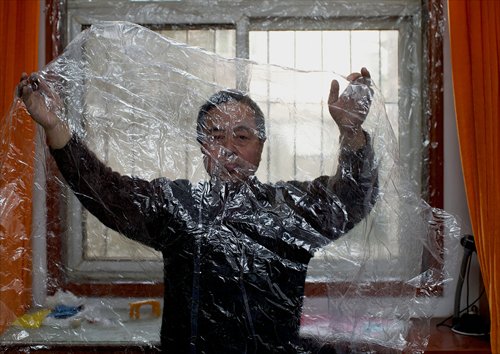
Huang Wangsheng has sealed all the windows at home with plastic film, but he refuses to leave the apartment he bought with his life savings. Photo: CFP
Posted in: World, In-Depth